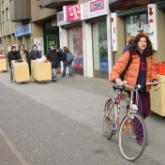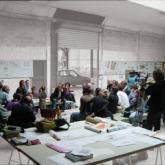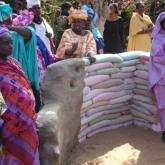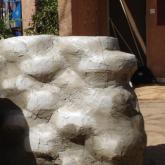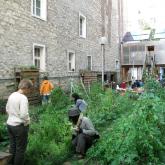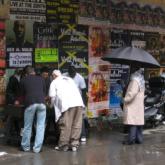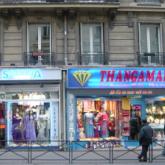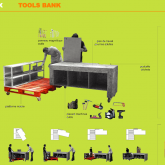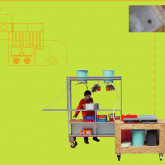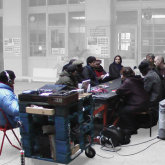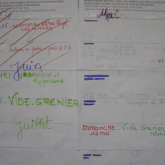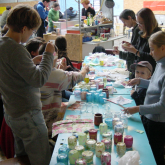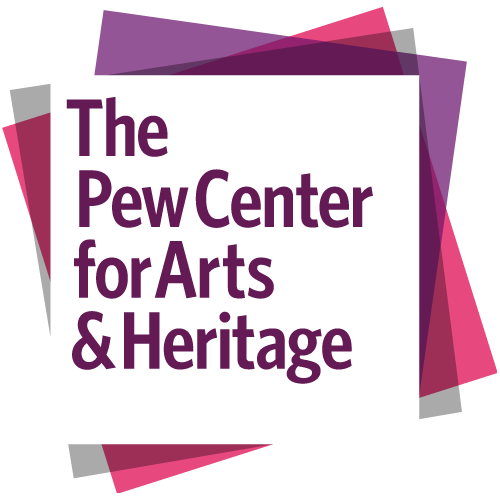Week 47: Urban Tactics / Atelier Autogéré d'Architecture
Hi Everyone,
This Tuesday is another event in a year-long series of weekly conversations and exhibits in 2010 shedding light on examples of Plausible Artworlds.
This week we’ll be talking with Doina Petrescu and Constantin Petcou, initiators of the Paris-based network Atelier Autogéré d’Architecture (AAA), a collectively-run, self-managed architecture studio which, for reasons we will no doubt want to discuss, translates into English as Urban Tactics.
http://www.urbantactics.org/
http://www.urbantactics.org/documents/AAAposter.pdf
AAA is a collective platform which conducts explorations, actions and research concerning urban mutations and cultural, social and political emerging practices in the contemporary city — with branches and projects in Belfast, Berlin, Dakar, Sheffield and elsewhere. AAA acts through ‘urban tactics’, encouraging inhabitants to take part in the self-management of disused urban spaces, bypassing contradictions and stereotypes by proposing nomad and reversible projects, initiating interstitial practices which explore the potential of contemporary city (in terms of population, mobility, temporality).
It is at the level of the micro-political that they seek “to make the city more ecological and more democratic, to make the space of proximity less dependent on top-down processes and more accessible to its users.” They have initiated and participate in the collective management of a number of ongoing neighborhood projects, involving collective gardens, food distribution, and film screenings.
So-called “self-managed architecture” is an architecture of relationships, processes and agencies of persons, desires, skills and know-hows. Such an architecture does not correspond to a liberal practice but asks for new forms of association and collaboration, based on exchange and reciprocity and involving all those interested (individuals, organisations, institutions), on whatever scale. As they put it, their architecture “is at the same time political and poetic as it aims above all to ‘create relationships between worlds’.” More plausible ones perhaps…
At any rate, those objectives and vocabulary are obviously right up Plausible Artworlds’ alley, as it were. It seems that in the practice of AAA, architecture becomes an overarching metaphor for rethinking, repurposing, reskilling relationships and forms of engagement amongst city dwellers as much as for producing (re)built environments.

